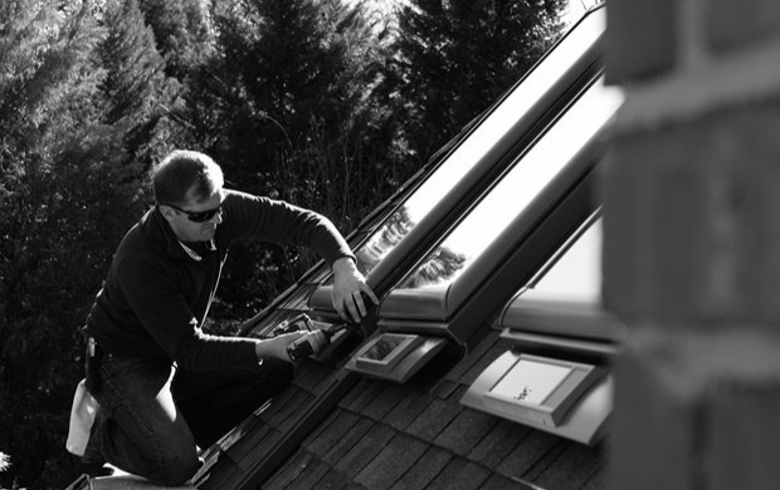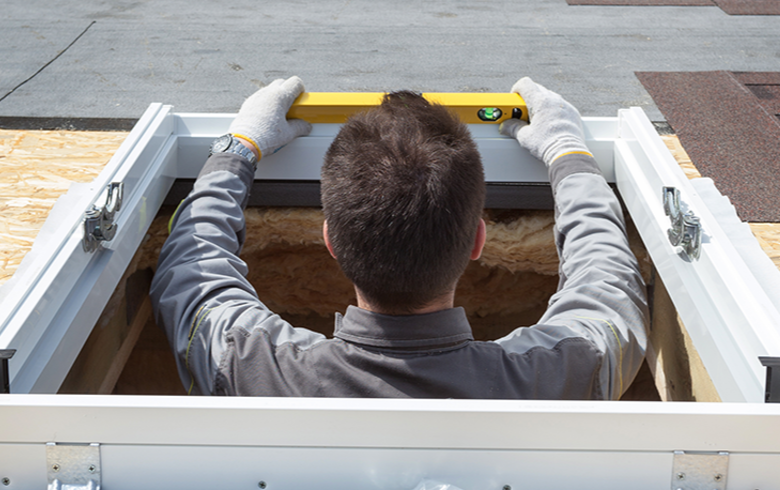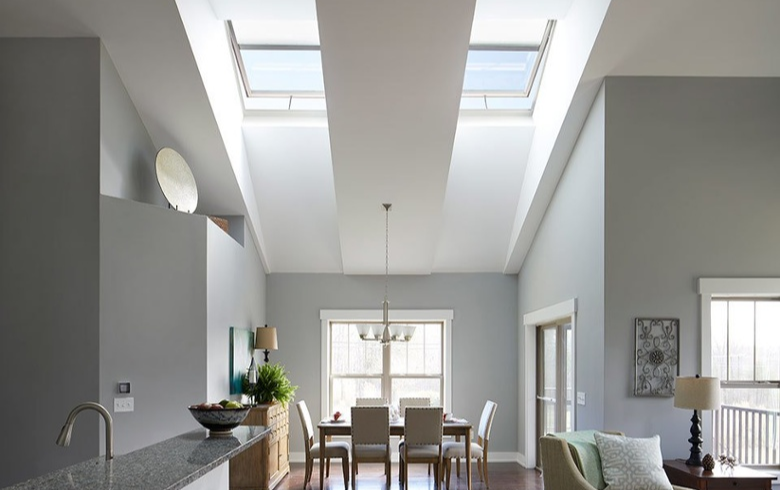While skylights may be a new feature for many homeowners, there are plenty of others who have been living under skylights for decades. And since nothing lasts forever, those with existing skylights will eventually need to have them replaced. If a homeowner reaches out to you about replacing skylights or if you are on a re-roofing job where skylights are already installed, the first thing you will need to do to ensure the perfect replacement is to measure the existing skylight.
When to Replace Skylights
Before we get into how to measure old skylights, it's important to know under what circumstances you'll need to replace them. The average lifespan of a skylight is around 20 years, although many VELUX models have been found in full working order 30 years after installation. The first sign for homeowners that a skylight needs to be replaced will often be a leak. But even if an older skylight isn't leaking, after a few decades, there are benefits to upgrading. Benefits that include:
- Saving you (and the homeowner) time and money. If you are replacing a roof that has skylights, it will save everyone a big hassle if you replace the skylights as well. When you install the new roof around the skylight, it gets jostled in its frame. This can cause damage to the frame and the skylight to start to leak. Prevent a return trip by replacing everything at once.
- Improving the warranty. VELUX offers a comprehensive, industry-first No Leak Warranty to cover skylights installed with our flashing kits. This covers the skylight and installation against leaks, and additional warranties often apply for protection against glass breakage due to hail, snow, or other weather conditions. Plus if you are replacing the roof too, its updated warranty will coincide with the new and improved skylight warranty.
- Improving energy efficiency. VELUX continually develops and tests our skylights to ensure we maintain the highest standards of design. With newer technology and more advanced glazings than before, new VELUX Skylights offer improved energy efficiency and help maintain the best balance of daylight and heat control.
What to Measure for a Replacement Skylight
The measurements you'll need for your skylight replacement depend on the installation method of the existing skylight. Let's start with the easier one:
Curb-Mounted Skylights
If you are replacing a curb-mounted skylight, you only need one measurement: the width of the outside curb. With the width of the existing outside curb, you can determine what size curb-mounted VELUX Skylight will fit as a replacement.
Deck-Mounted Skylights
Without an established curb, deck-mounted skylights require a few more measurements to ensure a proper replacement fit. They will also require you to measure the interior and exterior of the skylight. On the inside, you'll need to measure:
- The outside frame of the skylight
- The finished interior, from drywall to drywall
Up on the roof, you will also need to measure the existing glass area. This is mostly applicable for replacing VELUX Skylights but is a good measurement to have no matter who manufactured the existing skylight.
Identifying VELUX Skylights for Replacement
If you're replacing an old VELUX Skylight with a new VELUX Skylight, you may be able to skip taking measurements altogether. All the information you need to determine your replacement VELUX model is on the product tag of the old VELUX Skylight. These ID tags can be found on the inside of the frame on deck-mounted skylights and stamped on the outside of the frame on curb-mounted skylights. If the ID tag is missing or inaccessible, you can also use the Velterm number, which is located in the top right corner of the spacer bar on all models.
You can see a sample of the model ID tags, as well as the Velterm number, in our Skylight Measurement Guide. The guide also breaks down how to choose the appropriate new VELUX Skylight based on the ID tag numbers.





